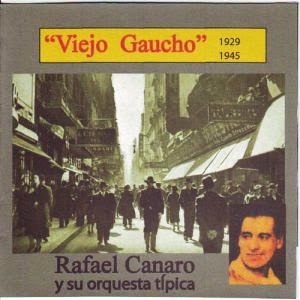What makes a good DJ?
What makes a popular DJ? Are all popular DJs good? Are all good DJs popular? I
think those are very interesting questions and I will give you my answers to
them. Although it is difficult, I don't want to sound too judgemental in this
post. I will just share my humble view here. :)
I think that not all
popular DJs are good. And there are many great DJs that are not popular. In
this text by “popular” I mean being invited to play frequently at quality
events. How is that possible? It does not sound fair and right, does it?
In my opinion there is
only one element that makes a good DJ: the music he or she plays. As simple as
that, nothing else. But there are several elements that make popular DJ. I
would classify them under 3 headings: music, personal aspects and
self-advertising. The music is the most important, but personal aspects are
also very influential. Self-advertising is probably overrated, but also plays a
role. In a more visual way this would look like:
Influencers
|
A good DJ
|
A popular DJ
|
Music
|
100%
|
50%
|
Personal aspects
|
40%
|
|
Self-advertising
|
10%
|
As music that DJs play
is the most important element, it deserves a separate post. I hope to write it soon. :)
You might be surprised but I strongly believe that personal
aspects are almost as important as musical choices when we talk about
reasons of popularity. Those personal aspects are: positive attitude, smile,
physical attractiveness, dancing skills, number of friends, charisma, etc. All
of them are absolutely positive, but don't make anybody's music better.
So why do those elements play such a big role? There are 2
reasons for that. The first one is very obvious: positive, smiling, attractive,
dancing well people with charisma and friends add value to events. They attract
more participants, make events more successful and enjoyable.
In my opinion today's tango world becomes a market, similar
to the one for consumer goods or services. More and more often tango events
become brands with a clear marketing strategy behind. Tango DJs are an
important part of this strategy (e.g. the coolest DJs for the coolest event).
The other reason why personal aspects to a significant
extent make a DJ popular is... organizers' ignorance. Some organizers simply
don't have any clue about music or don't pay enough attention to it. I have
witnessed instances when DJs were invited based on a recommendation of a friend
of a friend of a friend :). This is
disrespectful to participants and risky for events' success.
The last element is self-advertising. Putting it in
a commercial way: a DJ is a service provider and services sell better if they
are advertised. There are 2 ways of advertising: direct (e.g. contacting
organizers and asking them a job) or indirect (e.g. making a lot of fuss
on Facebook, having a Youtube channel or a blog). Hang on... I have Facebook
page, Youtube channel and you are reading my blog. Does it mean I...? :)
I don't have any problem with DJs' self-advertising. What I
don't appreciate is when DJs push themselves (e.g. dancing or being extremely
nice to someone just because he or she is an organizer). I'm also a little bit bored with all DJ
social media that don't offer any interesting content, merely advertising (e.g.
FB pages with nothing else but DJing schedule or Youtube channels republishing
songs that have been published many times in the past).
To summarise... All 3 elements (music, personal aspects and
self-advertising) do have impact on a DJ's popularity. It is understandable why
the latter 2 factors play a role. At the same time it is very unfortunate that
they are so important. Some really great DJs don't play at events
frequently only because personal aspects and self-advertising are not playing
in their favour. And vice-versa some medium DJs play
often mainly because they are cool, attractive, because they dance well or
advertise a lot. I don't think this is a big issue, but it is important
that tango dancers and organizers aware of it. More awareness in this topic
might mean more conscious choices and better music at events.










